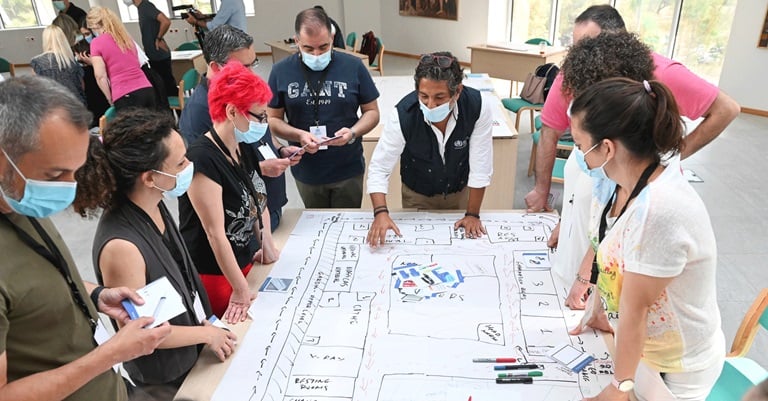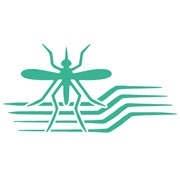

Compendium of WHO and other UN guidance on health and environment

Guidance on nature and health
- Protection of nature, biodiversity and ecosystems for health
- Vector control
Protection of nature, biodiversity and ecosystems for health

Human health and well-being depend on the natural environment, which is the source of clean air, water, healthy soils and food. The natural environment comprises ecosystems, which when healthy and thriving, also confer protection against climate change and disaster risk. Ecosystems include for example forests, marine and freshwater ecosystems, grasslands and mountains and comprise a range of different species that interact with each other and the surrounding environment. The stability and health of ecosystems, however, depend on biodiversity.
Biodiversity has many more strong links to health; examples include the prevention of infectious disease outbreaks and pandemics, nutritional diversity and food security, and the provision of medicines. Ecosystems and biodiversity are directly threatened by human activities such as land use change, overexploitation of resources, climate change, pollution and invasive alien species. Reducing pressure on the natural environment, from deforestation to intensive and polluting agricultural practices, to unsafe management and consumption of wildlife, will protect the environment that humans rely on, for their health and ultimately their economy.
Vector control

Vector-borne diseases are human illnesses caused by parasites, viruses and bacteria that are transmitted by vectors. In most, but not all, cases the vector is a female mosquito in search of a blood meal. Vector-borne diseases account for more than 17% of all infectious diseases and cause more than 700 000 deaths annually. They comprise a range of diseases such as malaria, dengue, Chagas disease, human African trypanosomiasis and leishmaniasis.
Diversity, composition and abundance of vector populations are closely linked to local climate and ecosystems. Changes to environmental factors and systems such as through climate change but also management and use of land, clearing of forests, mining and other extraction industries, large-scale construction and development projects, urban and peri-urban development, water resources and solid waste management may influence vector abundance and distribution.
Download the guidance on nature and health
Read more
Related health topic

